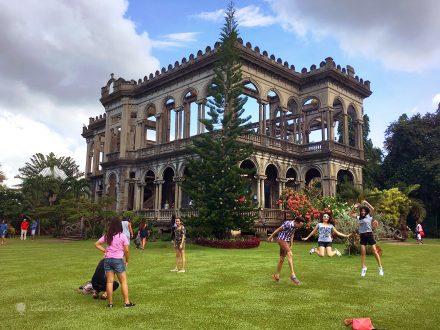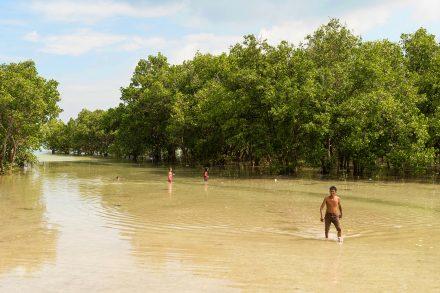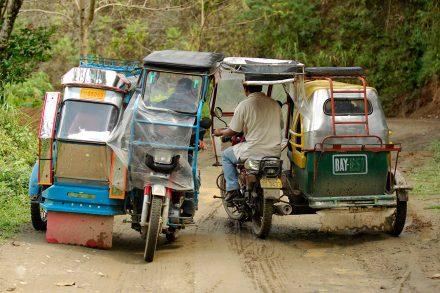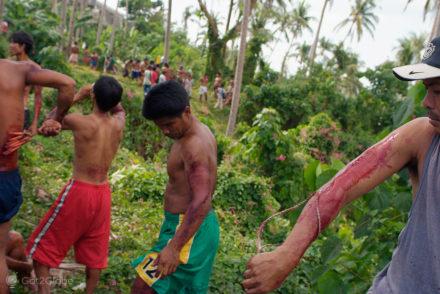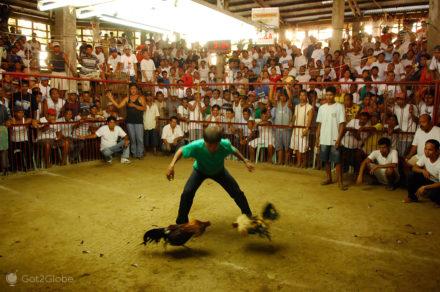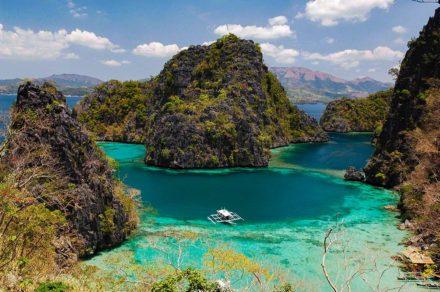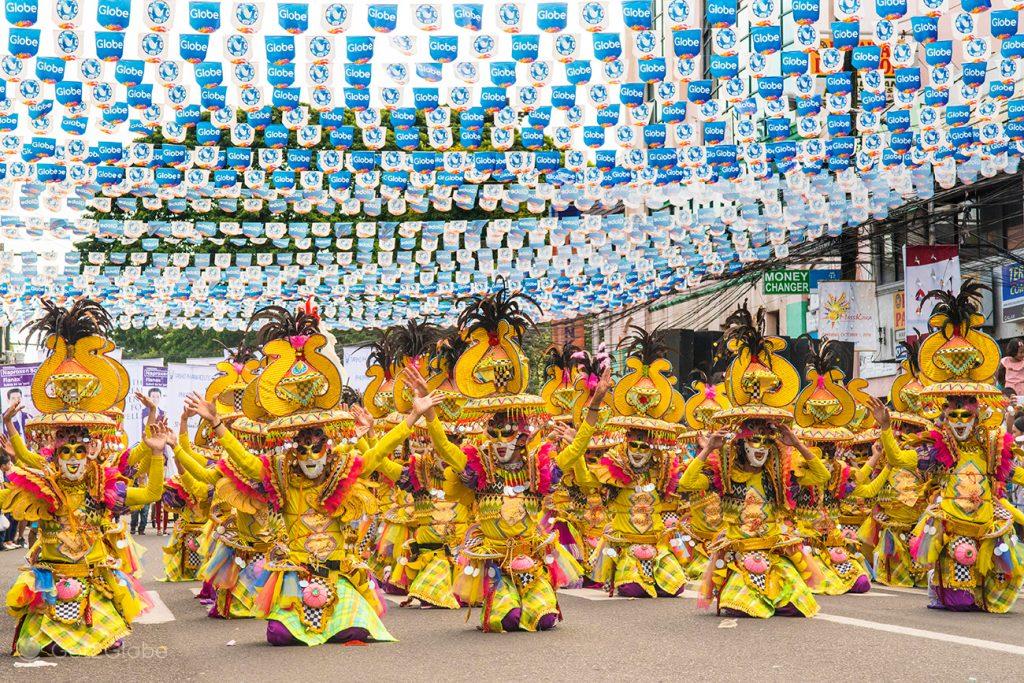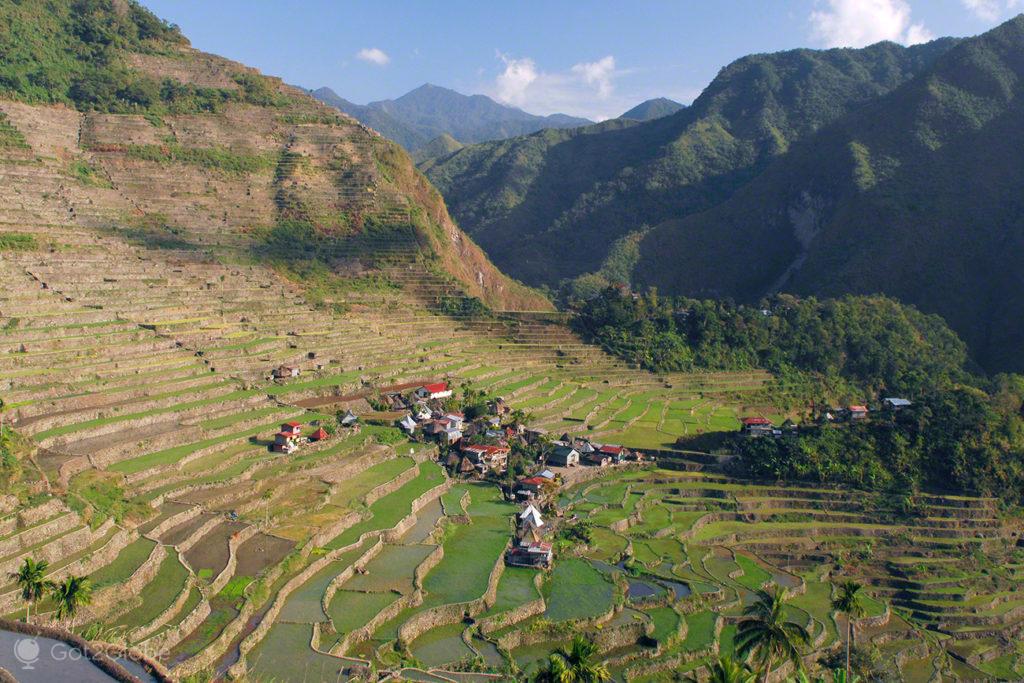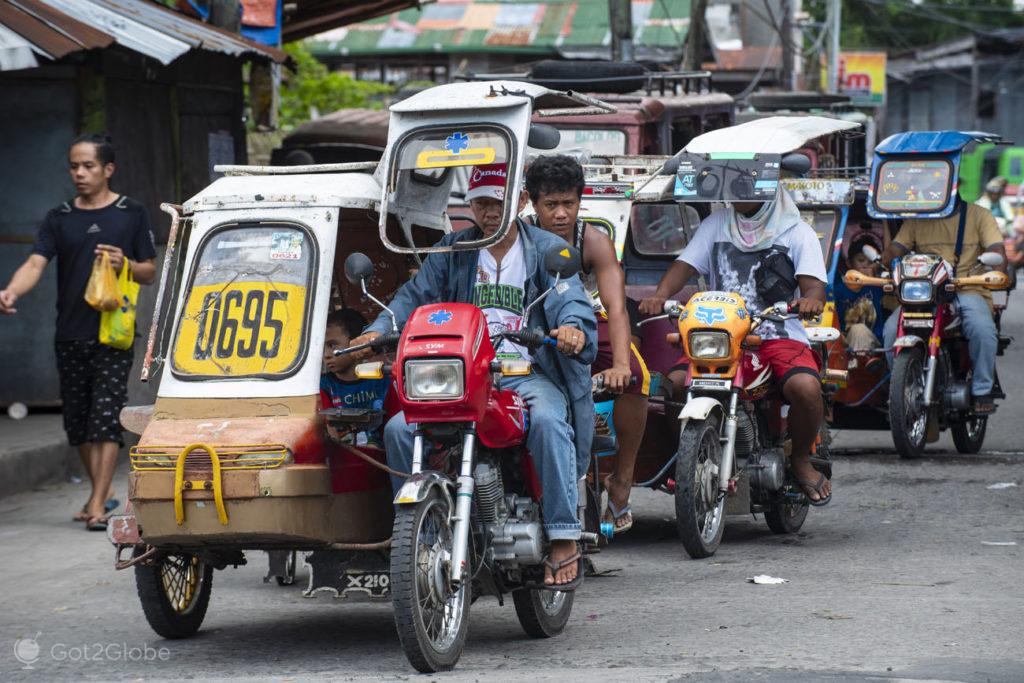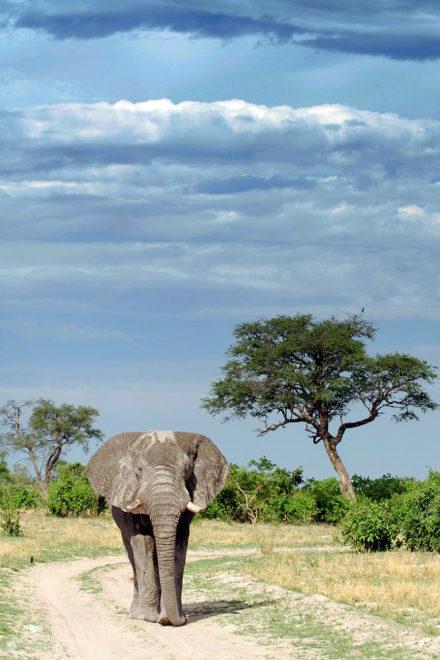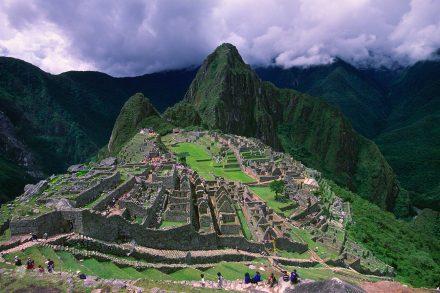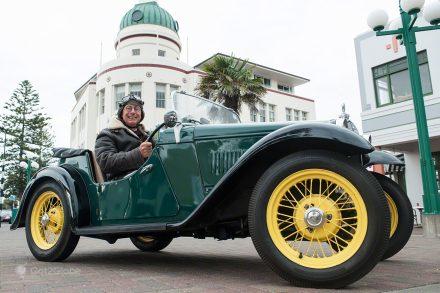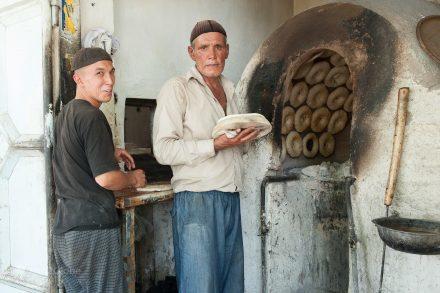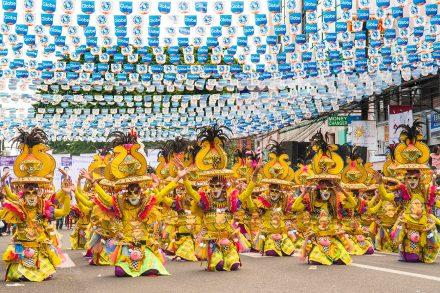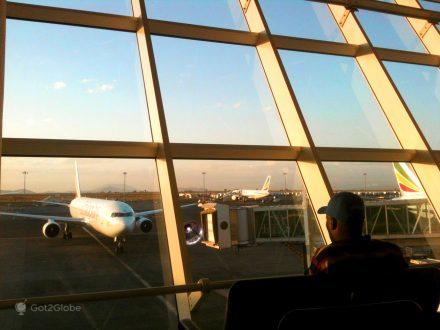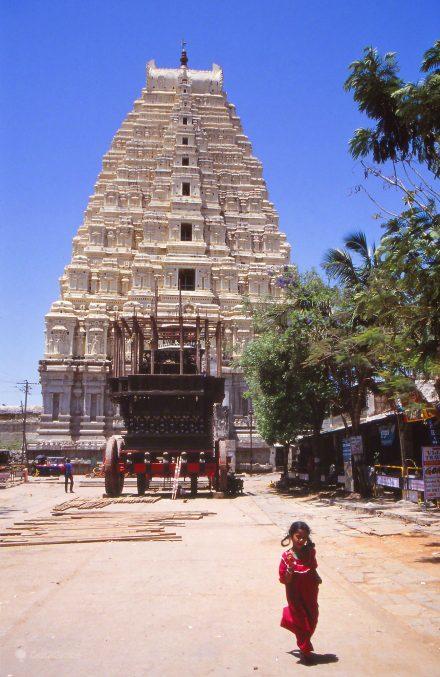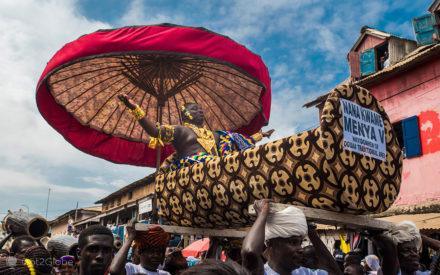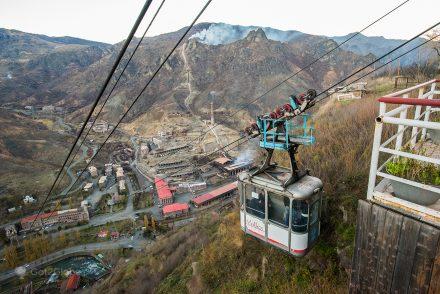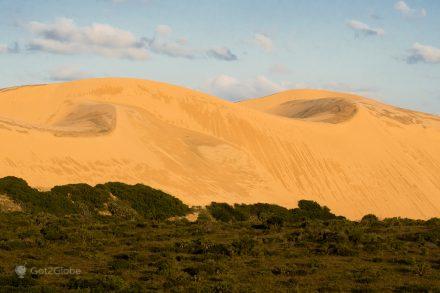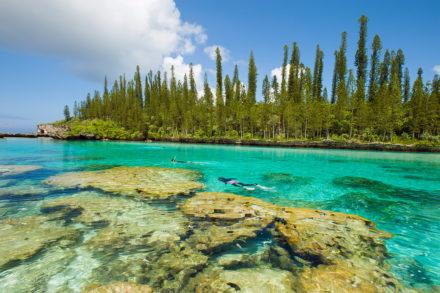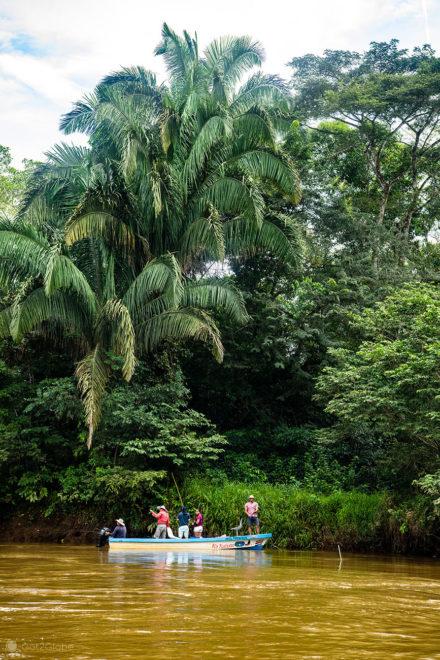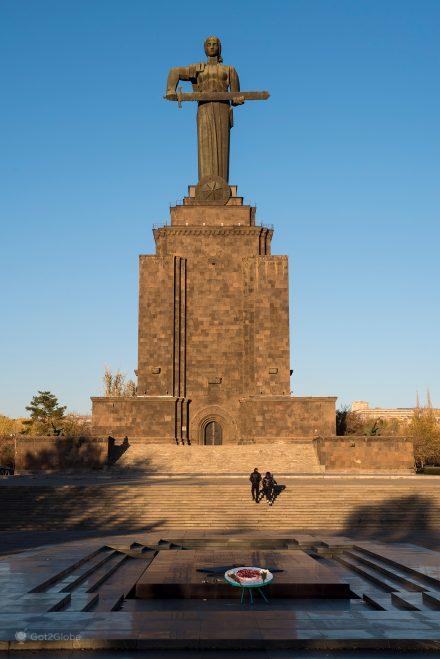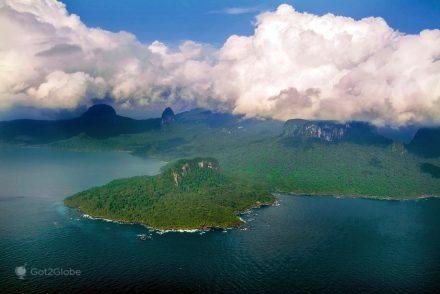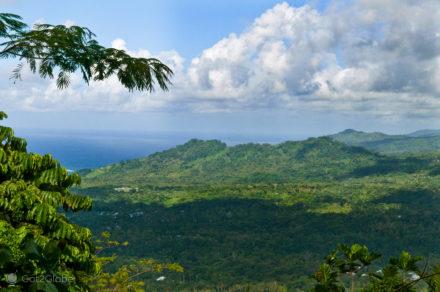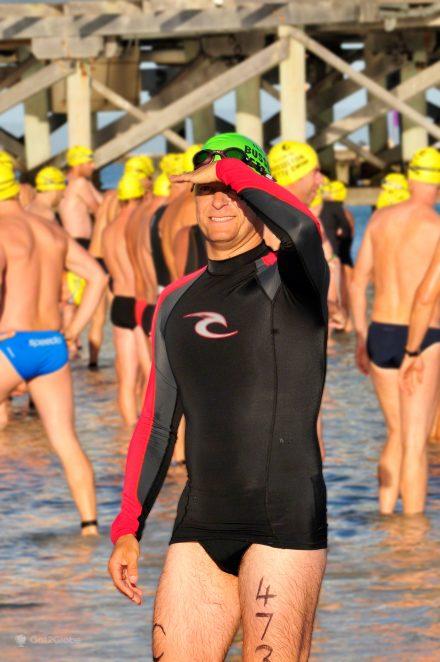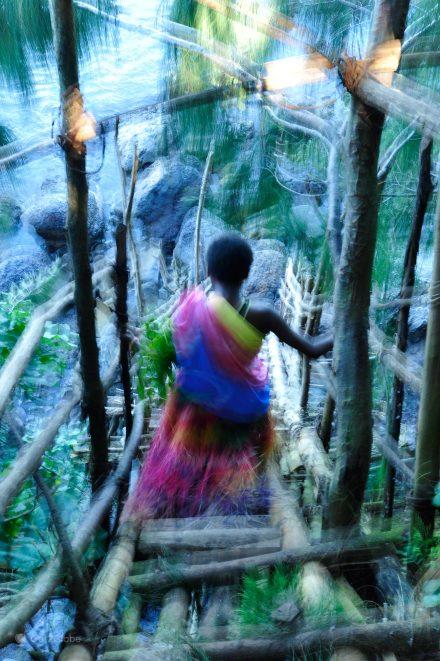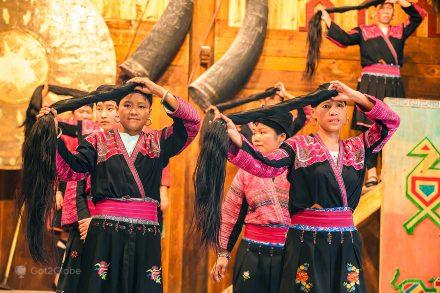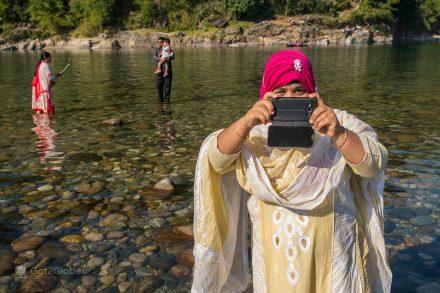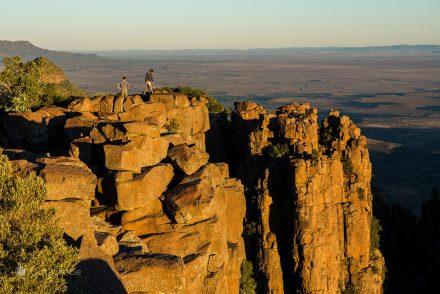the monsoon habagata it continued to saturate the great Philippine archipelago with moisture produced further down the map, from the evaporation of the warm seas of Celebes, Banda and company.
We boarded a plane that had taken off from Mactan-Cebu into a sky covered with dense, layered clouds. On the ground, the lack of direct sunlight flattened the sets.
Even so we failed to recognize the Chocolate Hills of Bohol, a vast colony of round, verdant hills spread halfway to the final destination. We crossed the Bohol Sea and, with relative ease, recognized Camiguin. It's almost eight thousand philippine islandss.
No other reveals itself like this, from a distance, like a solitary flattened cone, projected from the waters.
The pilot lowers the plane and, in a tight circle, lines up with the end of the finishing runway. Twenty minutes later, we landed at the Bahay Bakasasyunan eco-hotel.
We felt the maneuver more like a boregagem so short was the rest time.
At the appointed time, we were both there under the roof of the reception made of halves of dried coconuts. Michael, the guide who accompanied us from Manila, introduces us to the local host, Ken.
Ken, in turn, reveals the driver Jamie. The latter lets us know the vehicle in which it would transport us all. We should have suspected it: it was a jeepney.
Tour by Camiguin. Aboard a Jeepney, Of course.
More modern, not so typical or exuberant than those that the Filipinos used to make with the engines of jeeps abandoned by the Americans at the end of World War II. Still, an almost fluorescent green, decorated with a spider-man taking off from between the headlights.
We had slept for four hours but made ourselves strong like the superhero. We started that new Filipino almanac. As a good Christian, Ken suggests that we start exploring the island through the San Nicolas de Tolentino church, the largest in the capital Mambajao, a temple of blessing throughout Camiguin.
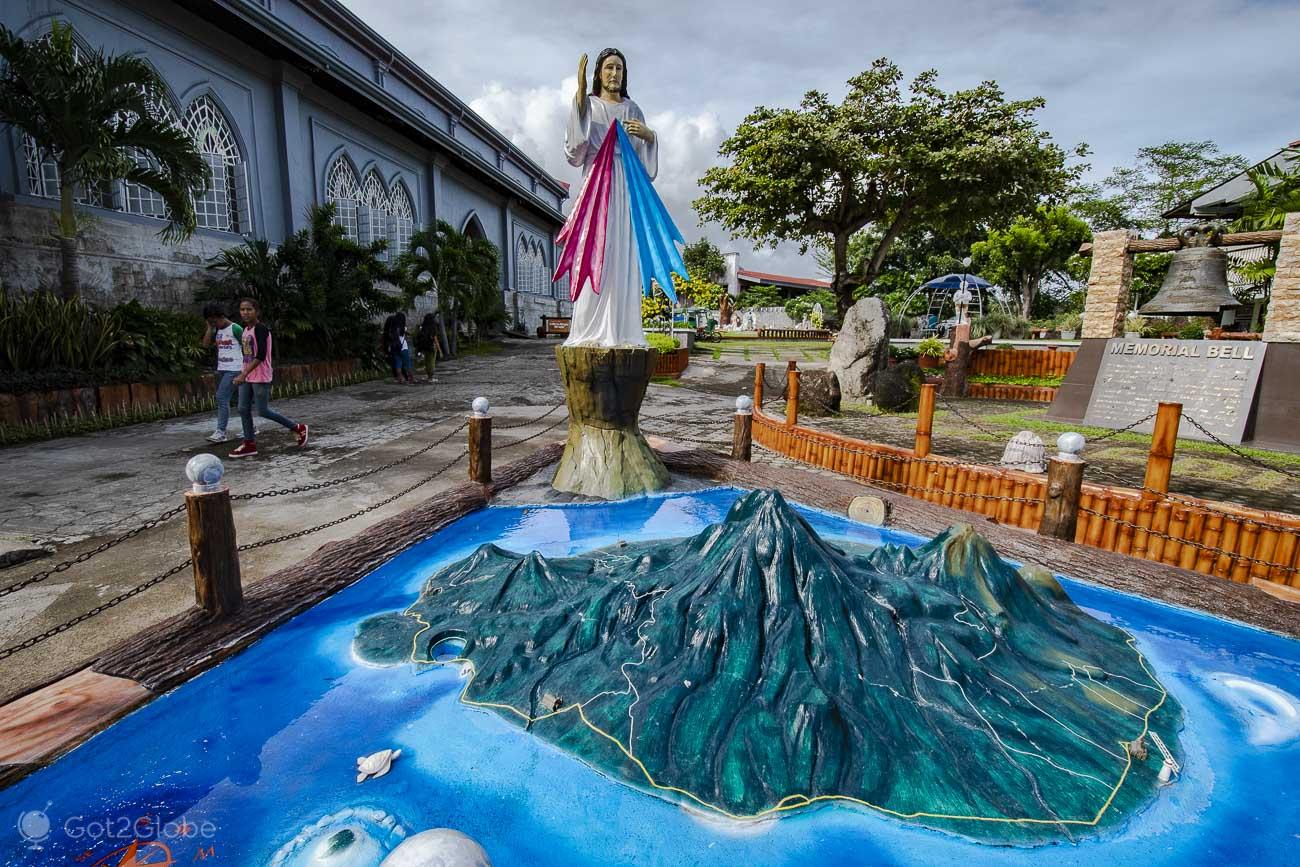
Model at the entrance to the church of San Nicolas de Tolentino, in the capital Mambajao, exhibits a Christ blessing the island of Camiguin.
We find your ship amidst a pile of young people in school uniforms who are watching a morning Eucharist as quietly as possible.
We quickly become the main focus of distraction, so we rush to other places. We had no idea how far the Mass went from the churchyard as far as Christianity was concerned.
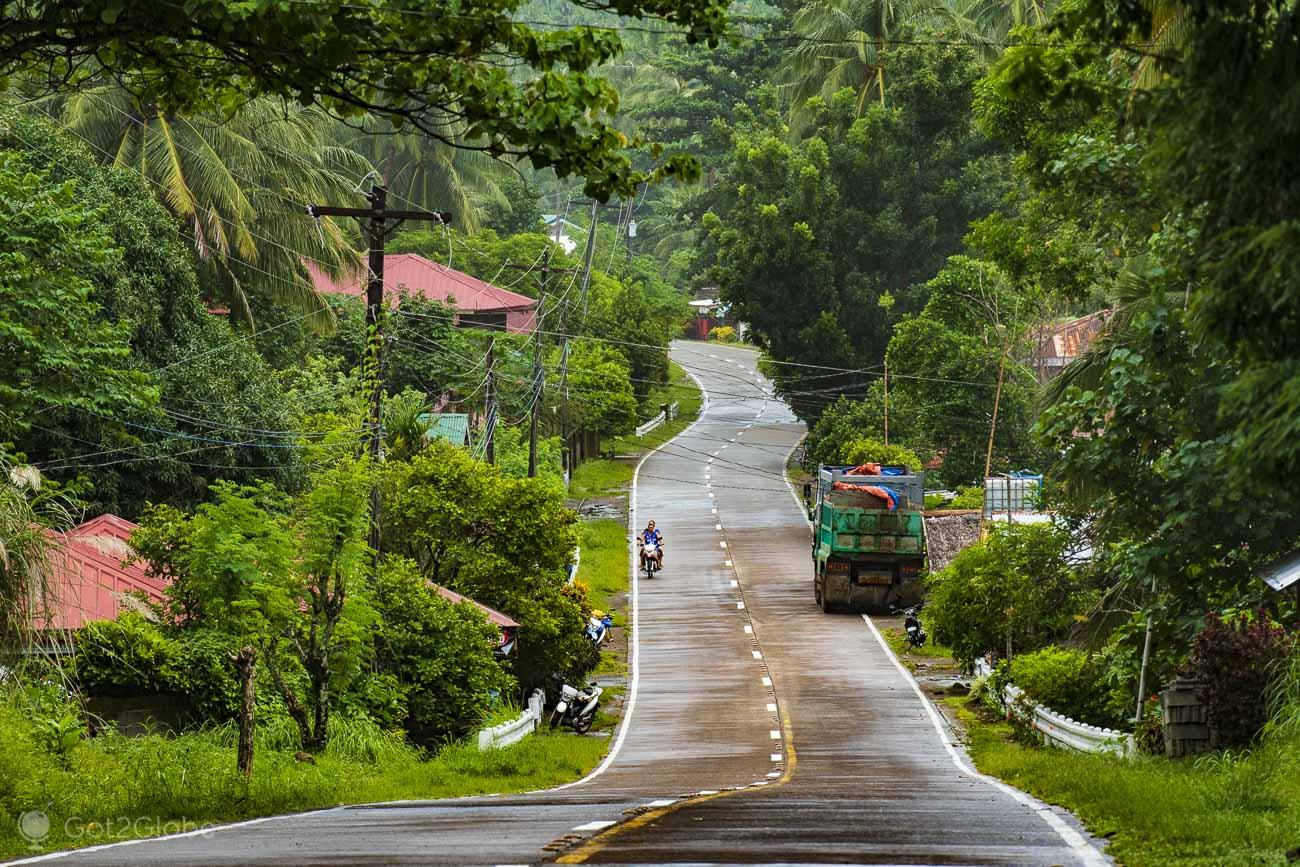
Camiguin road soaked by rain brought by cyclones.
We stop again, now at the base of a volcano that the natives nicknamed “Old” despite being the most recent on the island, born in 1871, from a chimney of Mount Hibok-Hibok, the only one in activity.
The island population is well acquainted with the history of destruction caused by Hibok Hibok.
This volcano had a violent eruption in 1951 that razed 20km of the island.
It caused 70.000 deaths and massive emigration that halved its XNUMX inhabitants.
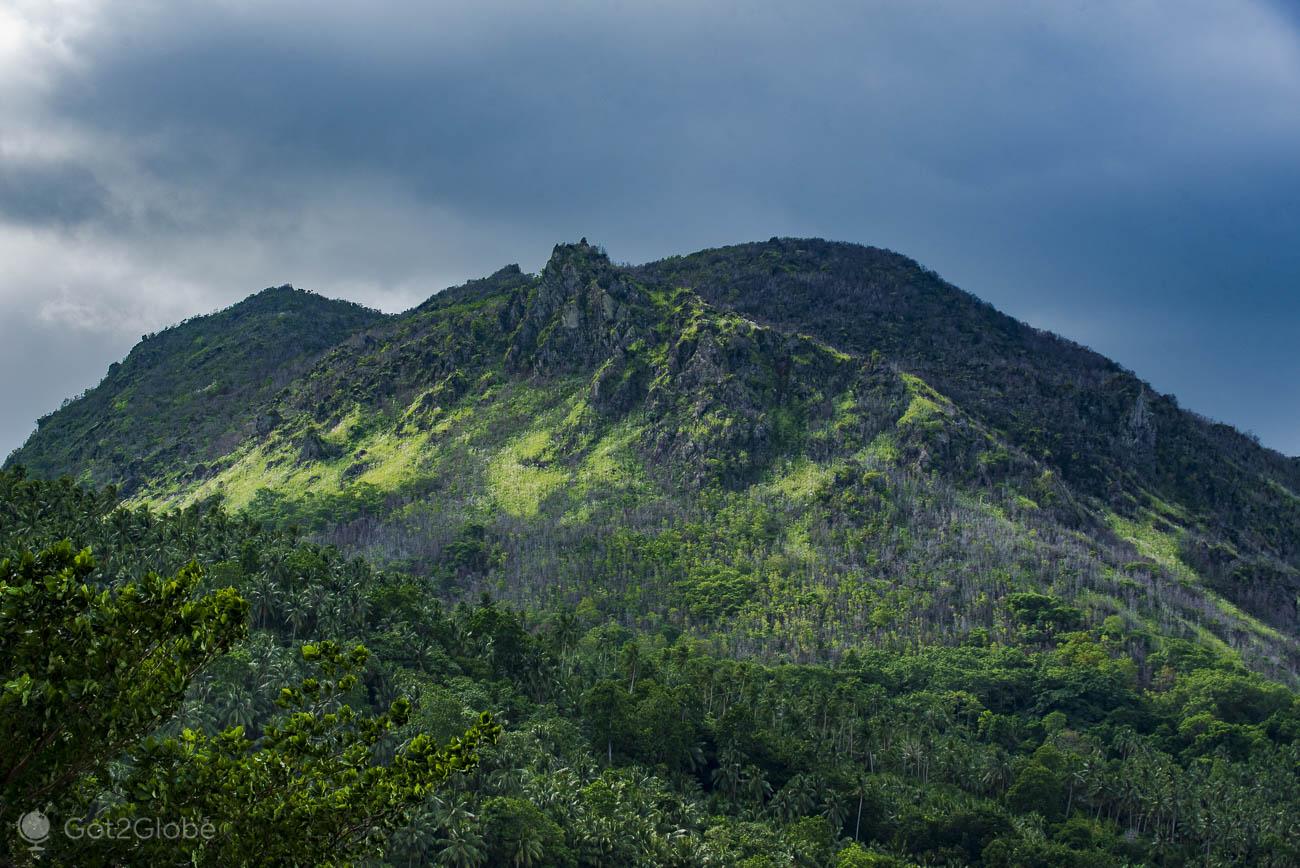
Hibok Hibok: the volcanic protagonist of the island of Camiguin, in the south of the Philippines.
A Via Crucis Adorned by the Mercy of the Hibok Hibok Volcano
Accordingly, they beseech him for mercy in the form of a Via Crucis arranged uphill, with each of the stations illustrated by statues as kitsch as they are colorful. Ken informs us that there are two thousand steps to the last station.
Accustomed to paying related promises for the love of discovery, we set out at the same time as three female believers, one of them fifty-something and two young, one of whom is prettier, with a reinforced ego and photographic memory for selfies to match.
Seasons succeed each other. Christ walks down to his cross, flanked by dolled-up centurions. We both pass by the trio and are surpassed by it depending on the time we stop at certain seasons.
From the tenth season onwards, the tropical vegetation of the hillside provides panoramic views of that side of the island, immediately covered by coconut groves, further down and up to the seashore.
We leave the 12th station where Jesus dies on the cross. The 13th appears inside a moss-covered cave. When we entered, we found the three women already in prayer, kneeling over the statue of Christ deposed and caressed by his mother.
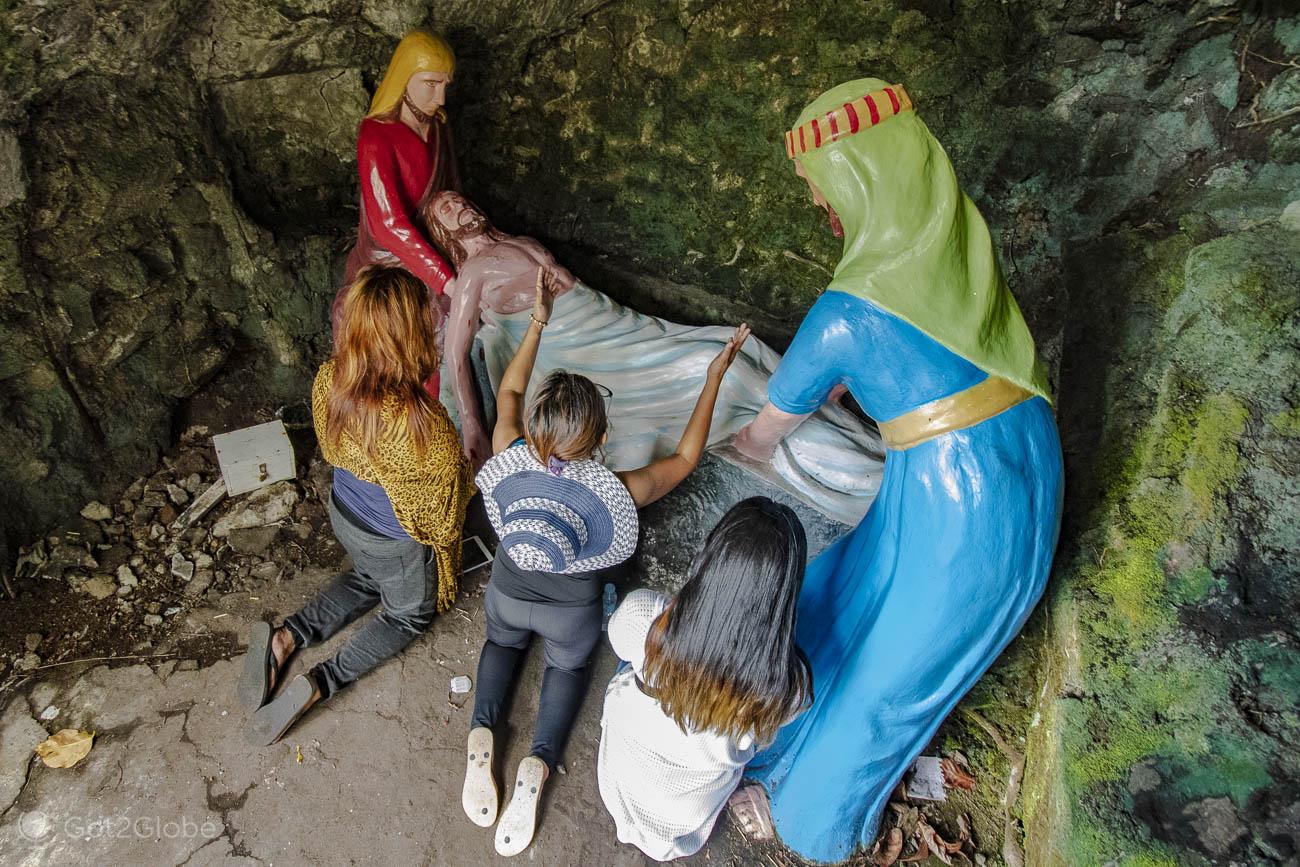
Philippine Christians pray next to an image of Christ, one of the last of the Via Crucis installed on the slope of the Hibok Hibok volcano.
We follow your prayers in silence.
Still, the older one senses us. When he turns back and looks at us, the tears run down his face in abundance. We exchange shy smiles and leave them to their faith.
Camiguin's Prolific Lanzones and Soda Waters
Back at the beginning of the stairs, a native had set up a stall and was selling lansiums, or lanzones as the Filipinos call them, a fruit in the style of the lychee.
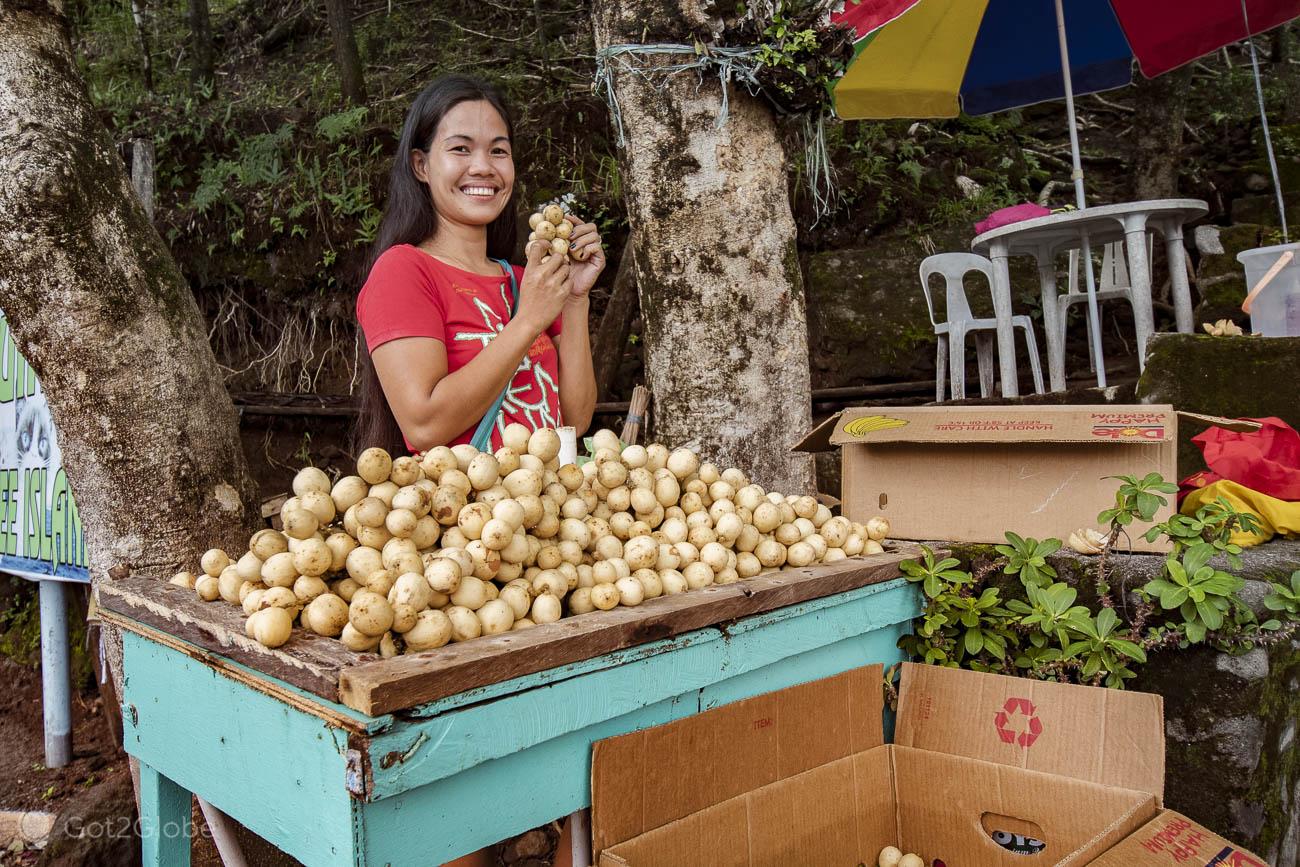
Young lanzone dealer (Lansium domesticum) takes care of his stall at the beginning of the Via Crucis of the Hibok Hibok volcano, in Camiguin.
During the stretch of jeepney that followed, we devoured dozens of its pulps and recovered a good part of the sweaty nutrients on the way up.
It was the first time we heard about lanzones. Many more would be repeated.
As is often the case in volcanic strongholds, abundant thermal waters flowed from the depths of Camiguin. We went through ones known as Soda Waters.
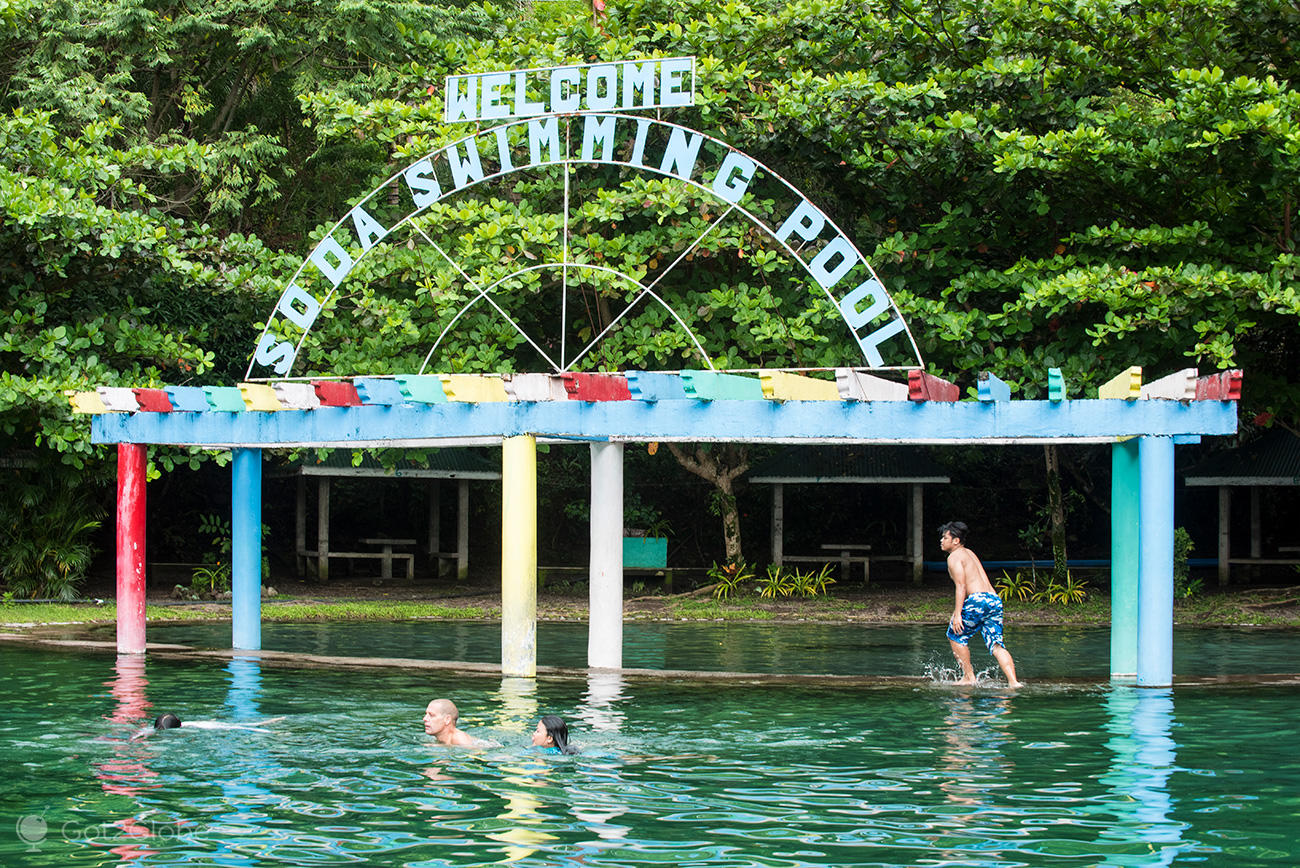
Bathers in the Soda Pool thermal water pool, one of several in Camiguin.
We continue to the Santo Niño spring and swimming pool, which is much more open and, as we have come to see, with an important social role on the island.
Ken installed us and Michael under a shelter used for meals. Soon, a lady appeared who would serve us lunch. The cold pool was ablaze with life. Inside, pedicure fish nibbled our feet in sauce.
Headquartered on the opposite side of the wall but in constant movement, a group staged a festival of playfulness, pranks and acrobatics. Michael examines them carefully: “It's not normal for Filipinos to have bodies like that at that age. They are police from Cagayan de Oro.
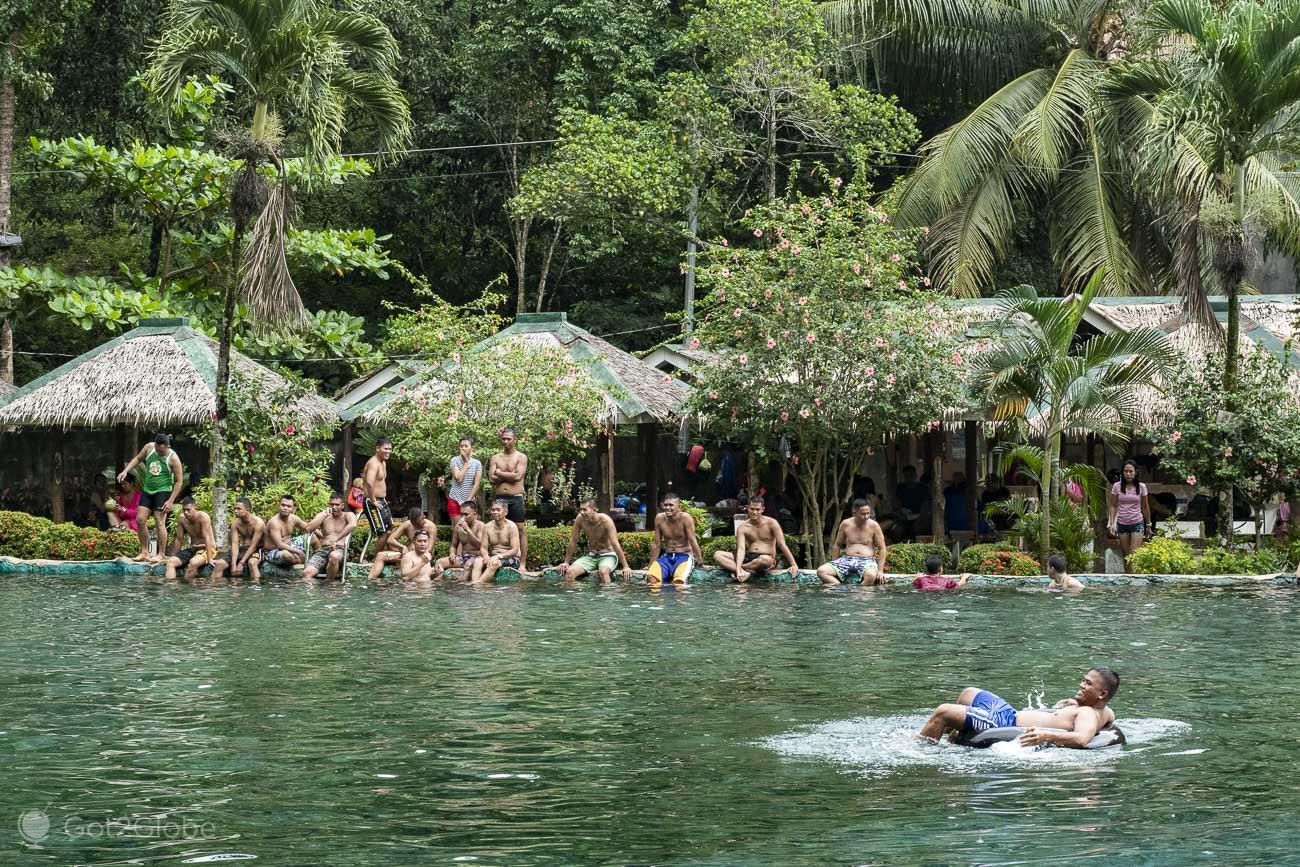
Group of bathers have fun in the mineral waters of the Soda Pools.
They had the weekend off, took the ferry and came here to relax.
Camiguin was a mere hour away by boat from the capital of Mindanao, the infamous large island in the southern Philippines.
We finish lunch and head to the pool for our own recreation. A group of children led by a trainer joins us, complains about several of the non-existent lanes and starts a swimming practice.
It was the stimulus we needed to leave the place and rest.
School Rehearsals for the Festival dos Lanzones
Kilometers ahead, we passed a school where a cast of kids rehearsed to the sound of drums. “Oh, it's true…” shoots Ken. “We, here, have the Festival dos Lanzones.
It's already in a few days. Now there are rehearsals in all schools.” For twenty minutes, we enjoyed the students' choreographies, armed with banners painted with yellow curls, and passed houses where residents of Camiguin were preparing and trying on festival garments.
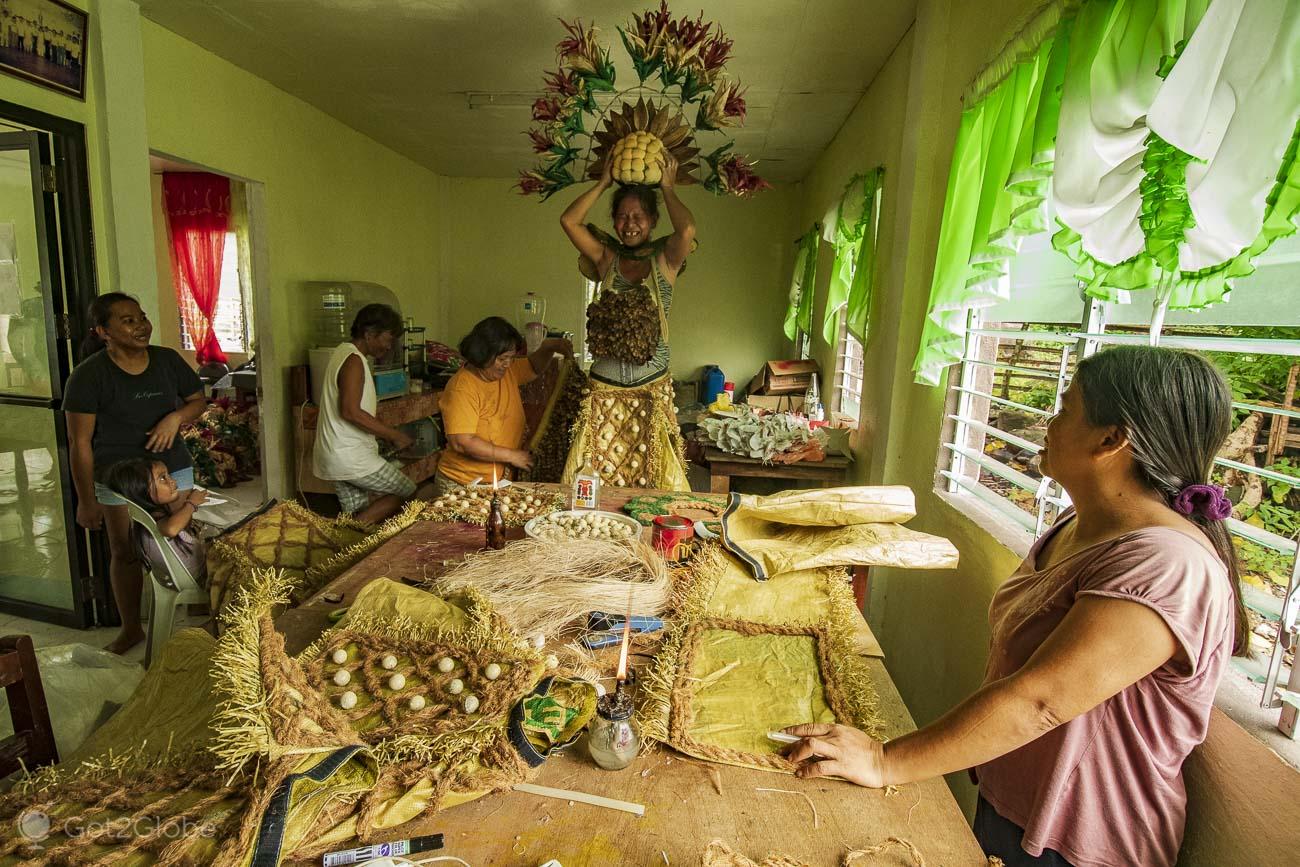
Hard work preparing and fitting clothes in a house in Camiguin.
Finally, there we dedicated ourselves to the original purpose of the visit.
During their colonization of the present-day Philippines, the Spaniards erected watchtowers that facilitated the sighting of Moorish enemies of Malay ethnicity.
One of them, until then hidden by the school building, housed the tropes of several other children.
The Mysterious Katungan Mangrove
We continued through the Katungan mangrove that the low tide had left uncovered.
We crossed it over wooden walkways that entered the forest with extensions to intriguing lakeside refuges. They had been built in the most enchanting corners of the landscape that was reflected in the shallow, static sea.
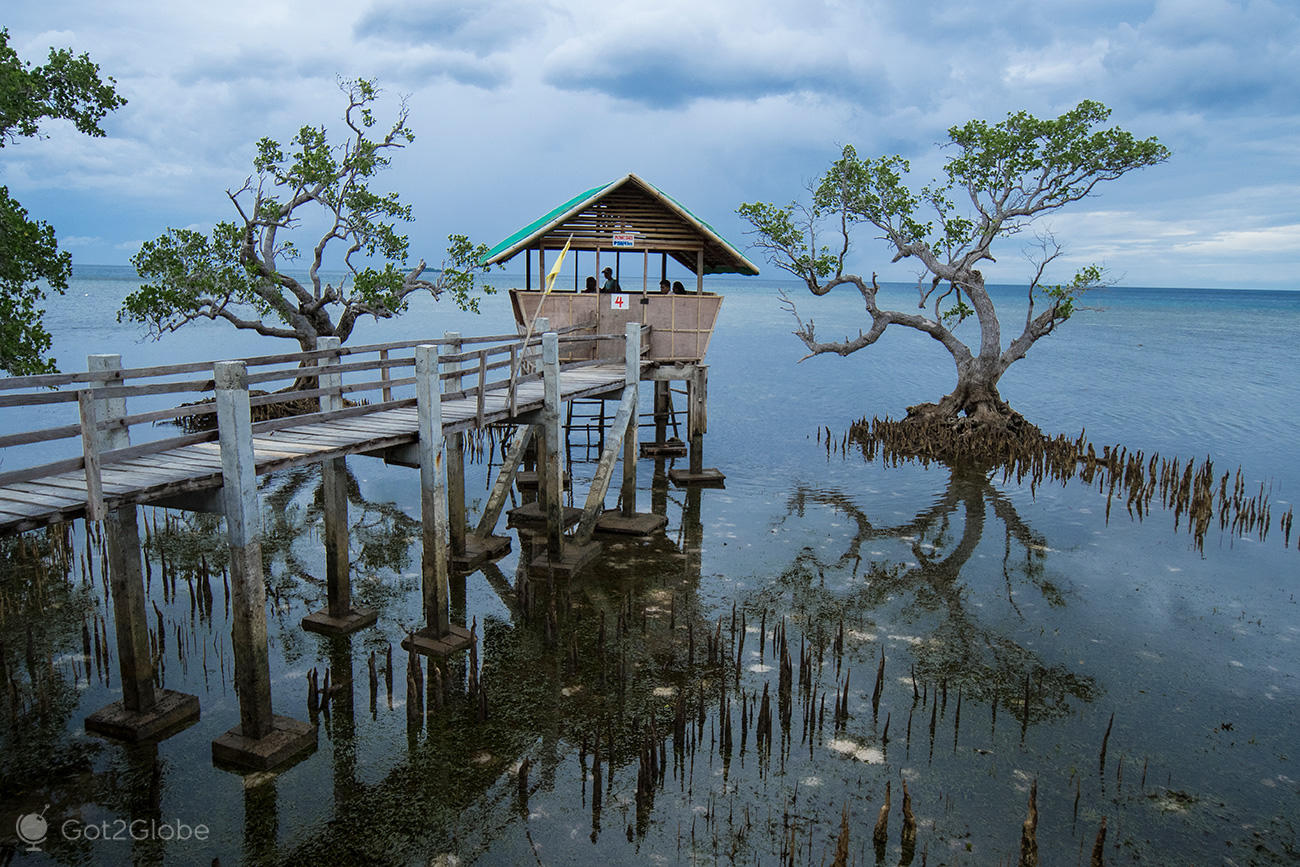
Katungan mangrove stilt scene.
By that time, purplish clouds filtered the sunlight and made that living nature even more special.
Couples of lovers who knew the place, occupied several of the refuges, far from others shared by noisy families.
Twilight soon enveloped the mangrove.
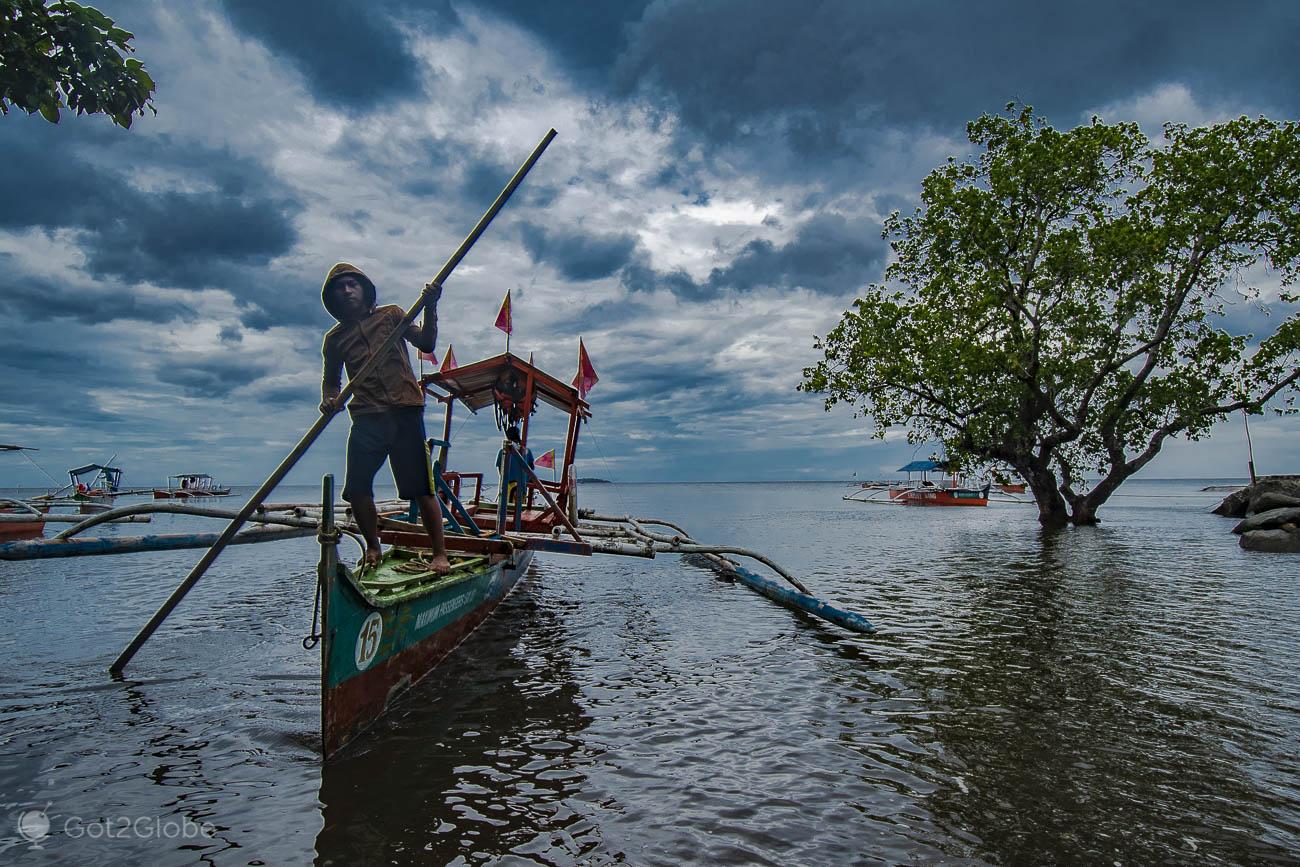
Boatman conducts a bangka in the shallow waters of Katungan mangrove, Camiguin
And rushing back to the hotel.
New Morning, the Storm that followed
We woke up for the first time in Camiguin.
The comfort of rest did not even reach breakfast. We were keeping an eye on the capricious weather of the monsoon habagata and the strong wind had already reached Camiguin.
When we met at the table, both we and Michael knew that one such hurricane Sarika (Karen) was approaching Luzon, followed by another, Haima (Lewin).
The entourage of a family gathering lived at a large table to one side. It didn't take long to chase a lady's hat that flew into the sea.
Far away but powerful, the storm made the bangka (traditional Philippine boat) foray into the smaller island of Mantique adventurous.
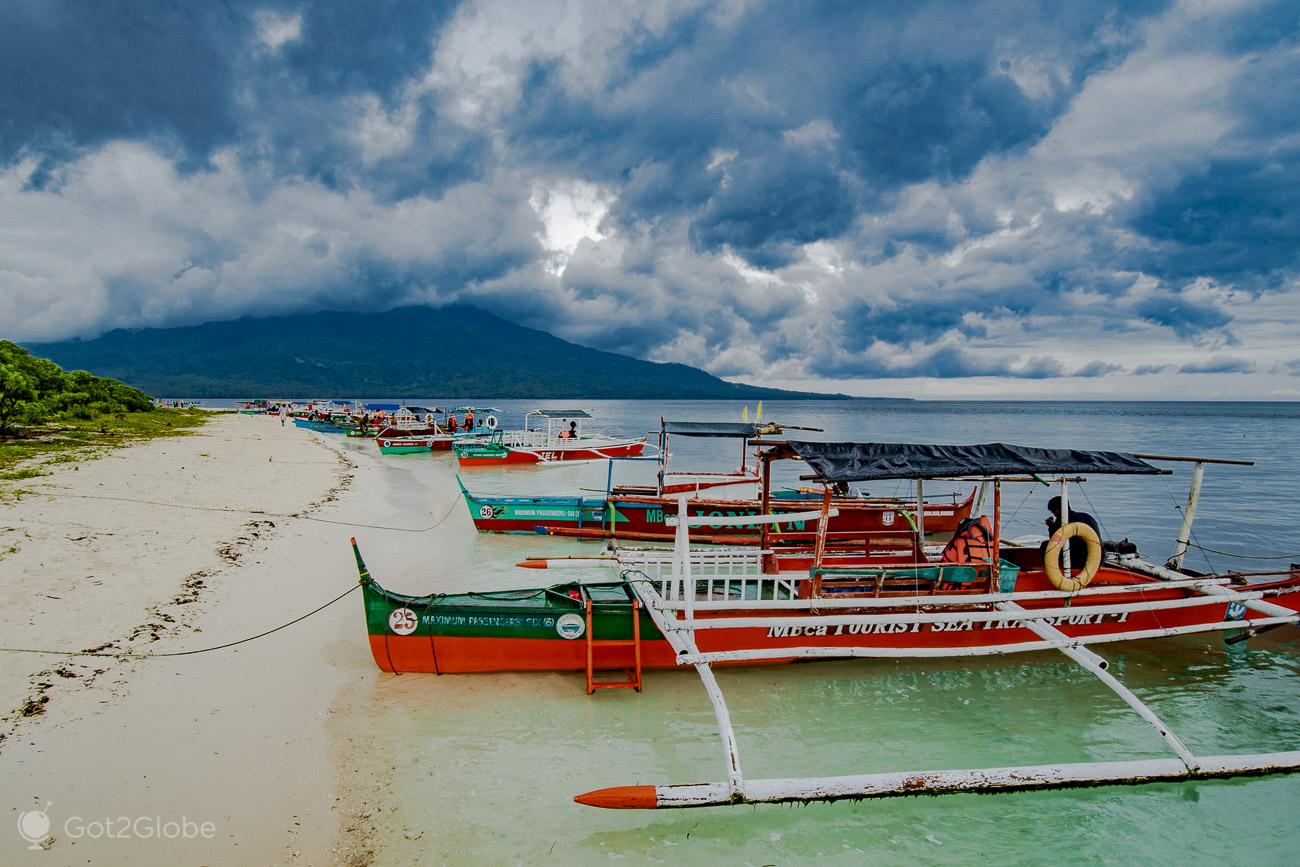
Bangkas anchored in Mantique, off Camiguin.
On the way back, we go up to the observatory of the Hibok Hibok volcano.
After the resistance of Edmund, the only employee in the place, we stayed for an hour on the building's terrace, watching for the moment when the clouds revealed the crater.
We told him that we had climbed to the top of the Peak (Azores) a few days before. The narrative fascinates him. It inspires a fruitful conversation about volcanoes.
During the dizzying descent to the coast, we crossed paths with other jeepneys in the pile of children and teenagers on their way to rehearsals for the Festival de Lanzones.
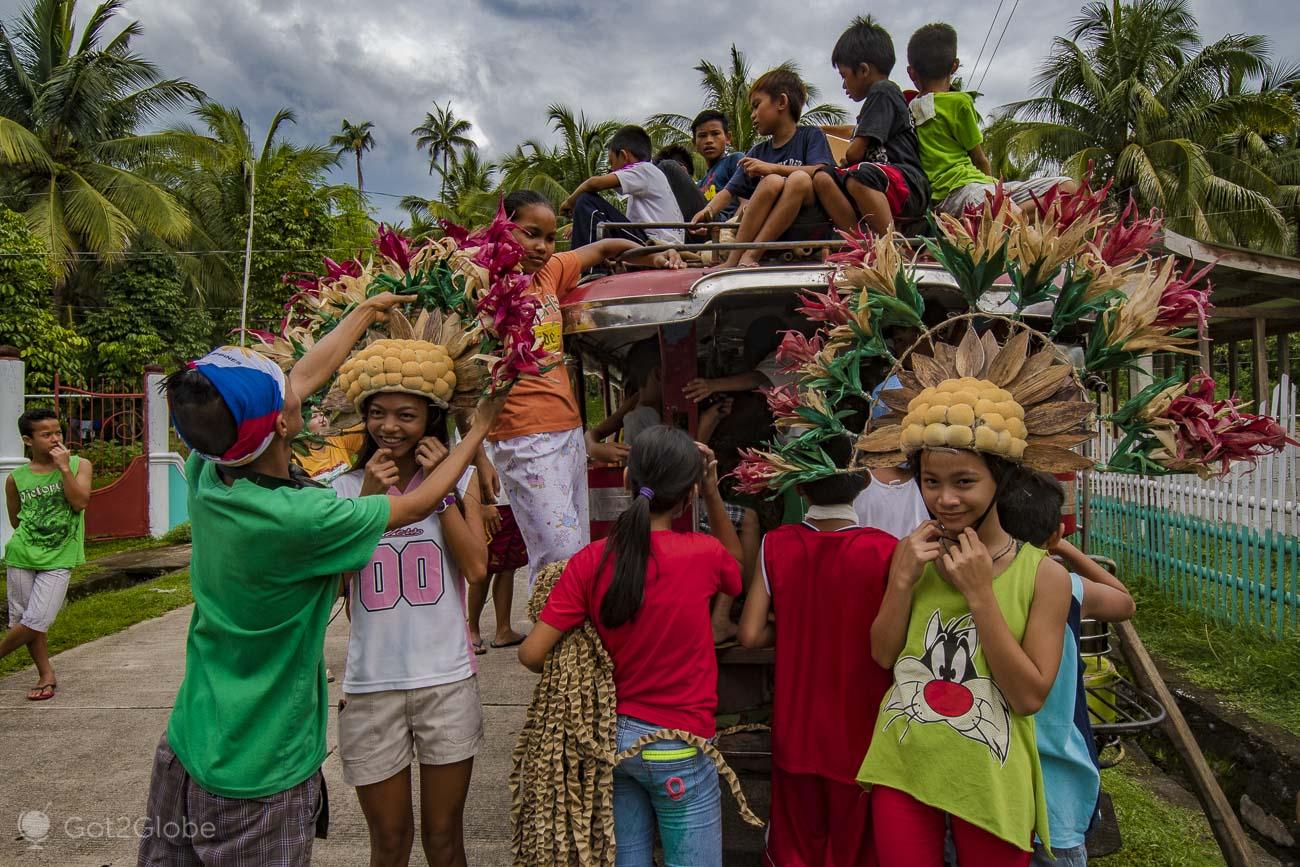
Children participating in the rehearsals of the Festival dos Lanzones de Camiguin, around an overcrowded jeepney.
We only stopped at the imminence of the huge cross that marked the island's Sunken Cemetery.
First on the top of the stairs, then on the black sand below, we entertain ourselves by appreciating the excited comings and goings of families aboard bangkas operated in shifts and in an ingenious way of pulling the rope.
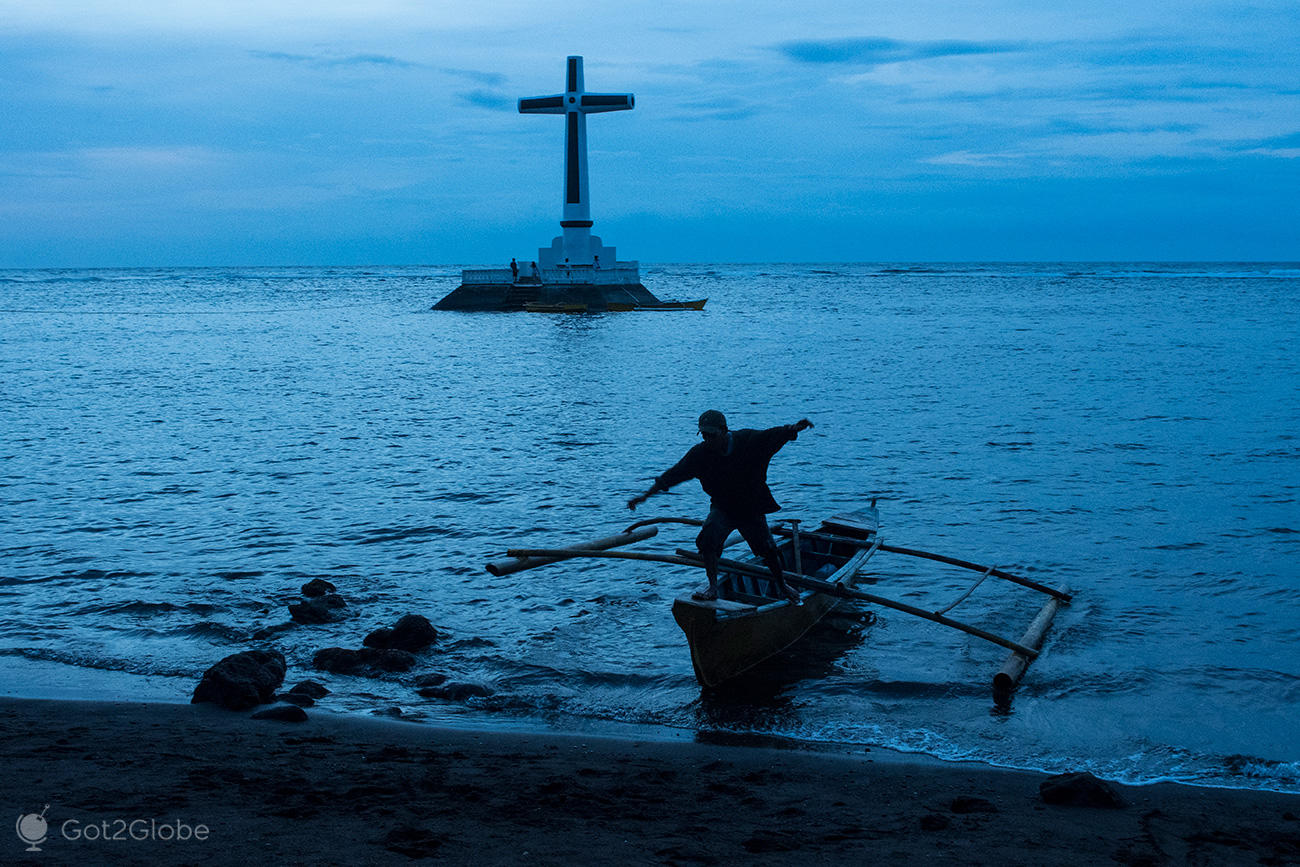
Boatman with a bangka, he prepares to pack his boat on the black sand beach next to Camiguin's Sunken Cemetery.
The new day dawned once again windy and with rough seas.
Accordingly, the local captaincy suspended bangka trips to White Island.
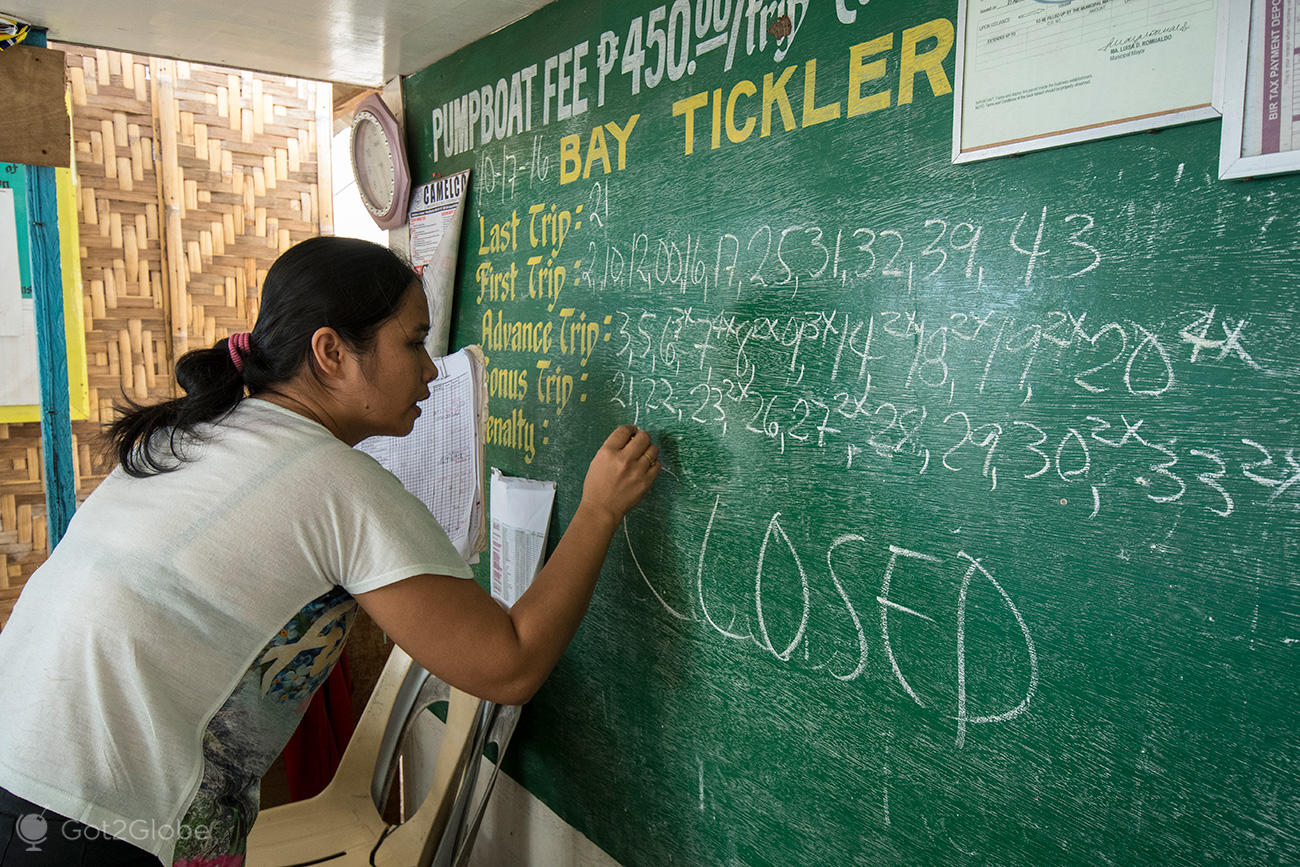
Employee of the port of bangkas in Camiguin terminated the activity of the trips to White Island due to the wind and swell brought about by the approach of hurricane Sarika.
White Island was much more than a huge coral sandbar. On days of tropical splendor, it provided fabulous bathing moments with a privileged view of the island of Camiguin.
Thus, it became one of the most reputable brand images in the Philippines, a source of photogeny that was still barred from us. We conformed and returned to the jeepney.
We head towards the old Spanish church of Bonbon when, passing through the village of Yubeng, we see peasants working in a very yellow rice field.
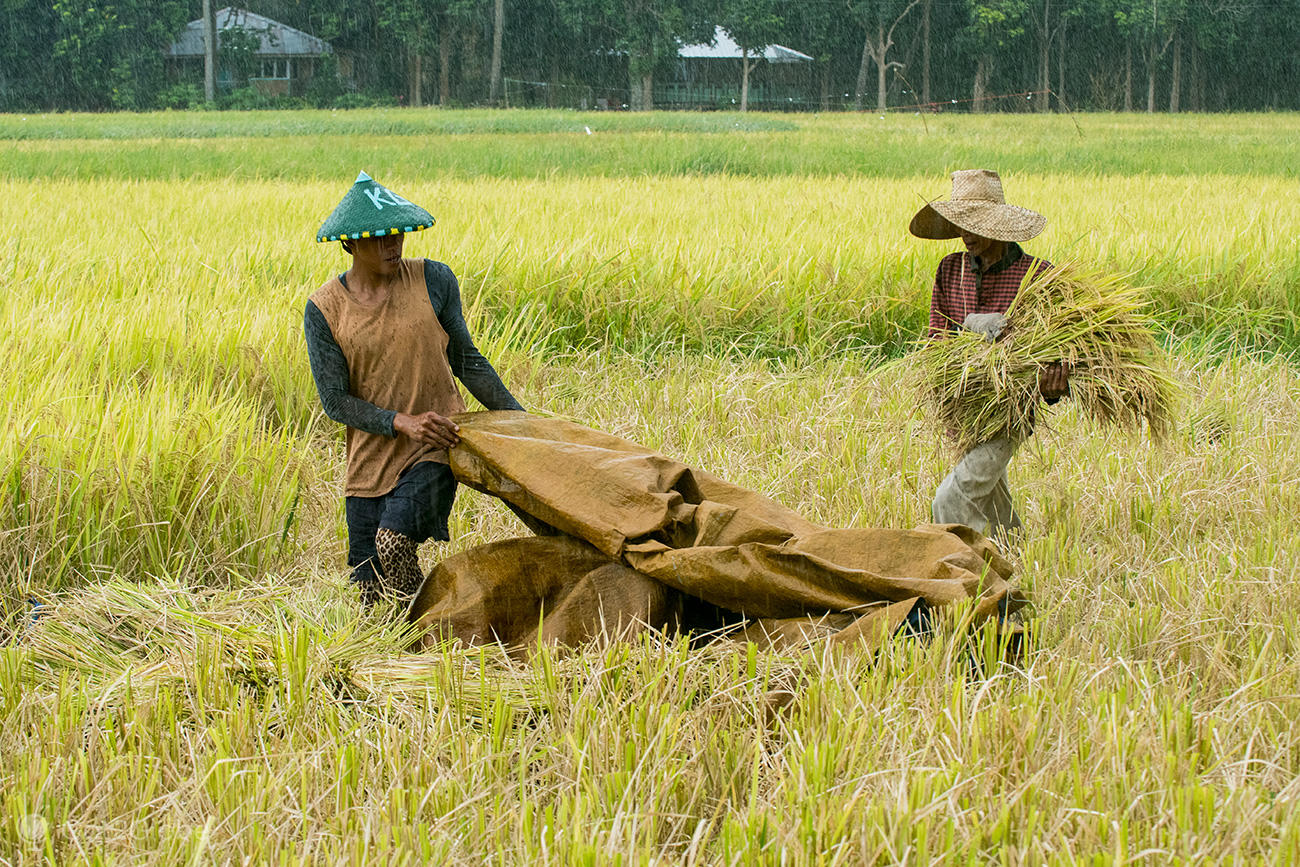
Peasants gather freshly harvested rice on the verge of a heavy monsoon rain.
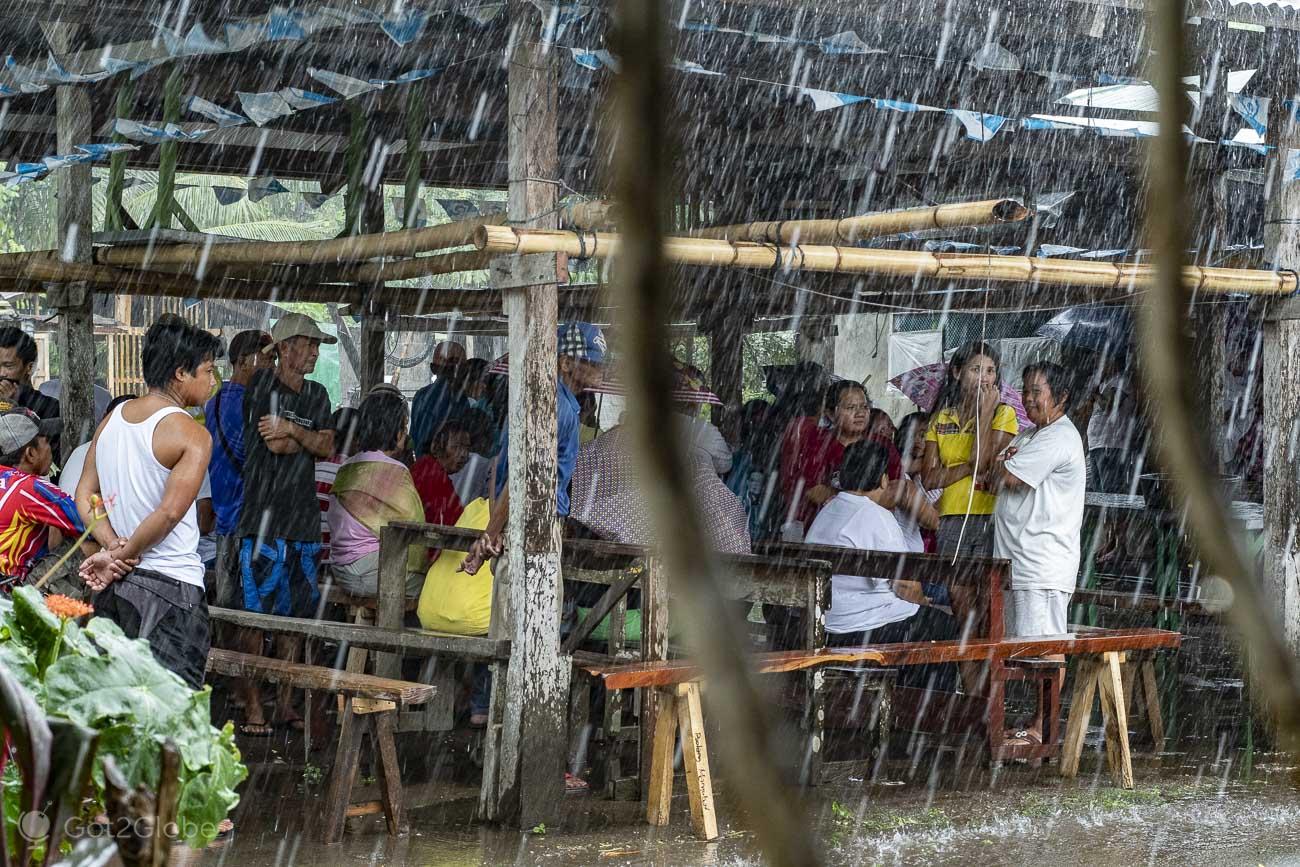
Yubeng residents in assembly shelter from torrential rain brought to Camiguin by yet another cyclone.
And the Providential Shelter in a Yubeng Rural House
At this hour, there was so much water accumulated in the dark blue sky that it seemed to collapse every minute.
The flood caught us at the edge of the rice field. Ken activated his civil protection mode: “Come this way. I know the owners of this house. The son was from my class!”.
We passed surprised pigs.
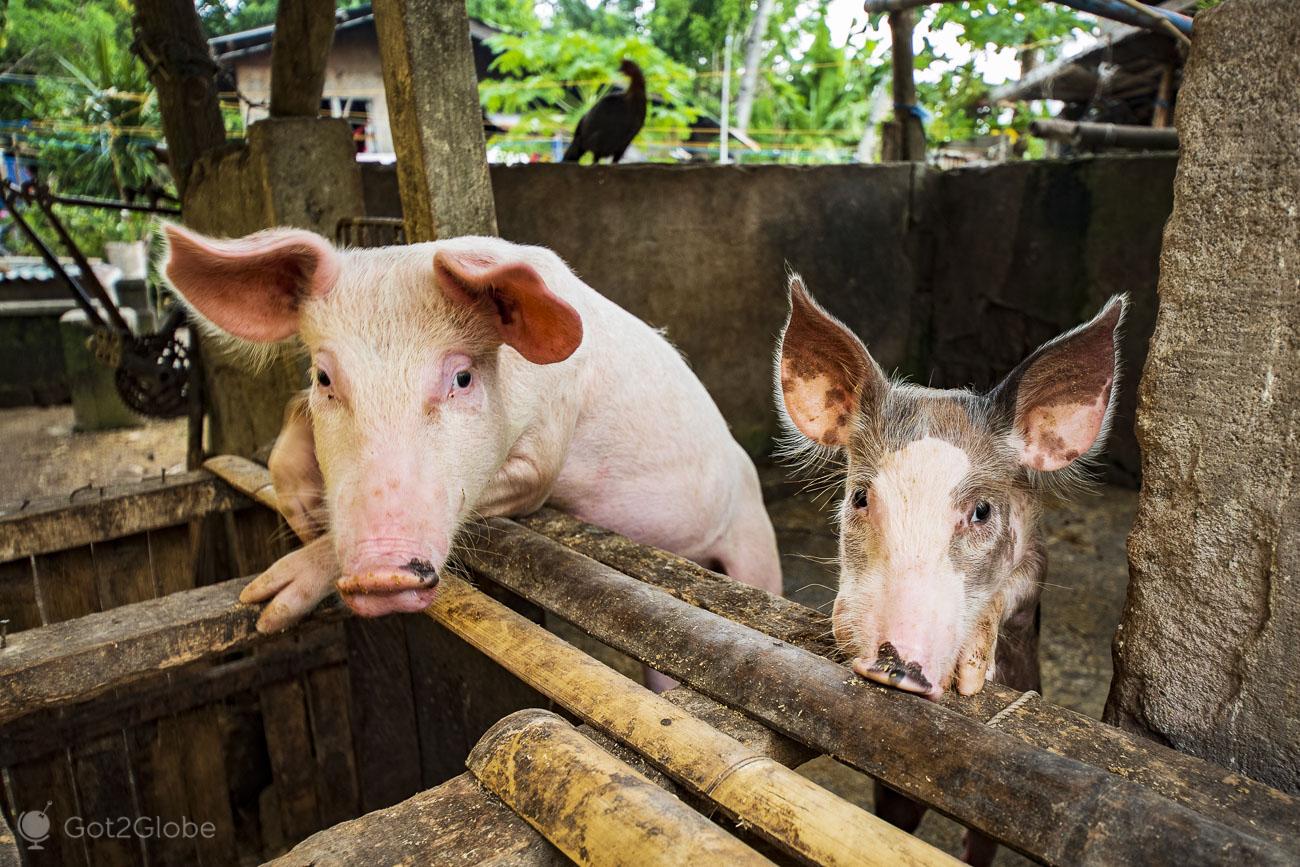
Pigs behold unexpected photographic visitors from Yubeng village.
After which Ken knocks on the door.
From the interior, they opened the way to the refuge, all this happening under the incredulous gaze of dozens of neighbors who participated in a meeting of the same barangay (parish) held under a shed.
In the same way, Ken installed us in a kind of settee face to face with an old man who watched TV in the company of three grandchildren.
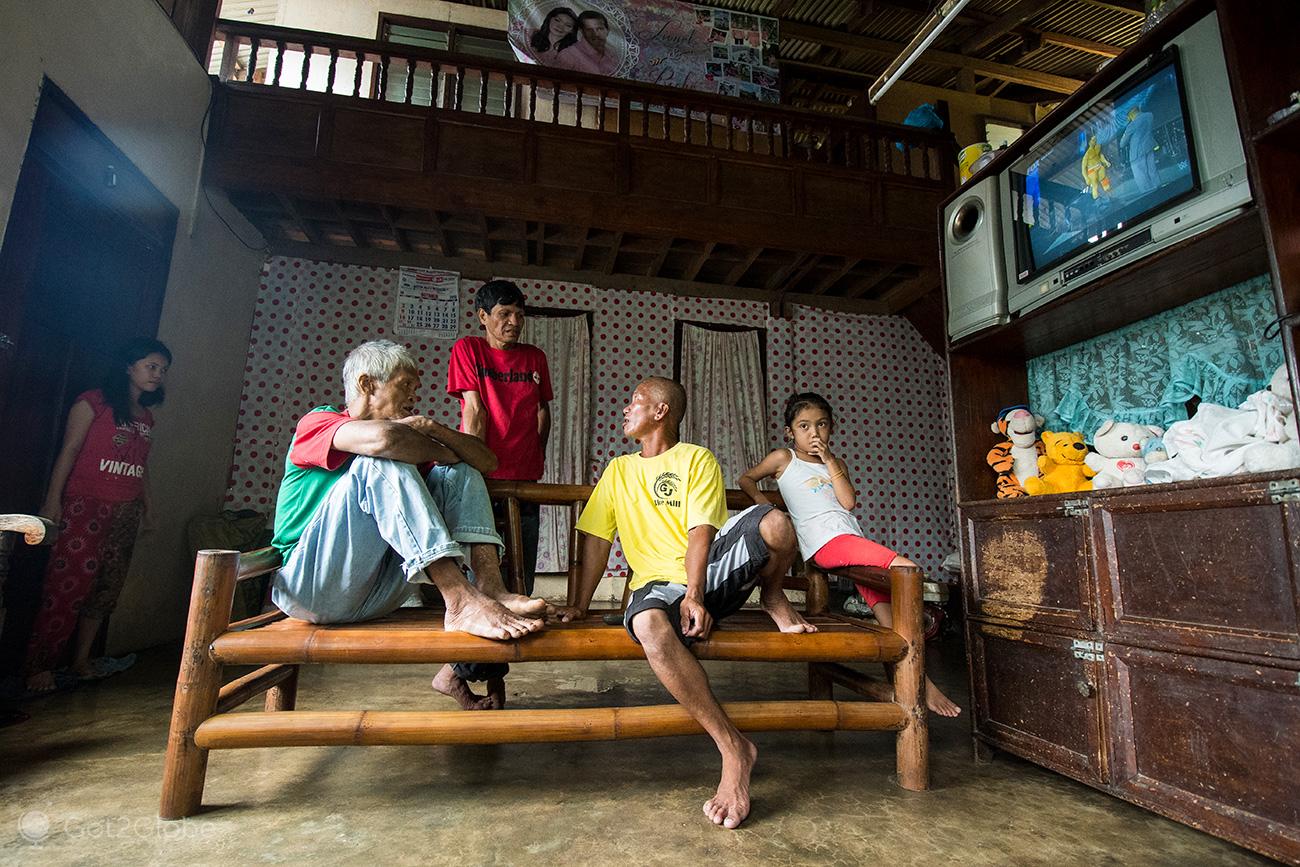
Residents of a home in Yubeng village, Camiguin.
You kept silent, either indignant or shy by our presence. For more than half an hour, many more people passed through the living room and on a balcony above, connected to different rooms.
The family that shared that home was extensive.
With Ken's help, we photographed ourselves in everyone's company. When the rain stops, we resume the circuit.
The Church of Bonbon as a Legacy of Hispanic Christianity
Even drenched and homeless as it was, the old XNUMXth century Hispanic church dazzled us. An earthquake had brought down its roof and the floor was already made of earth.
The monsoon dampness coated the walls with moss.
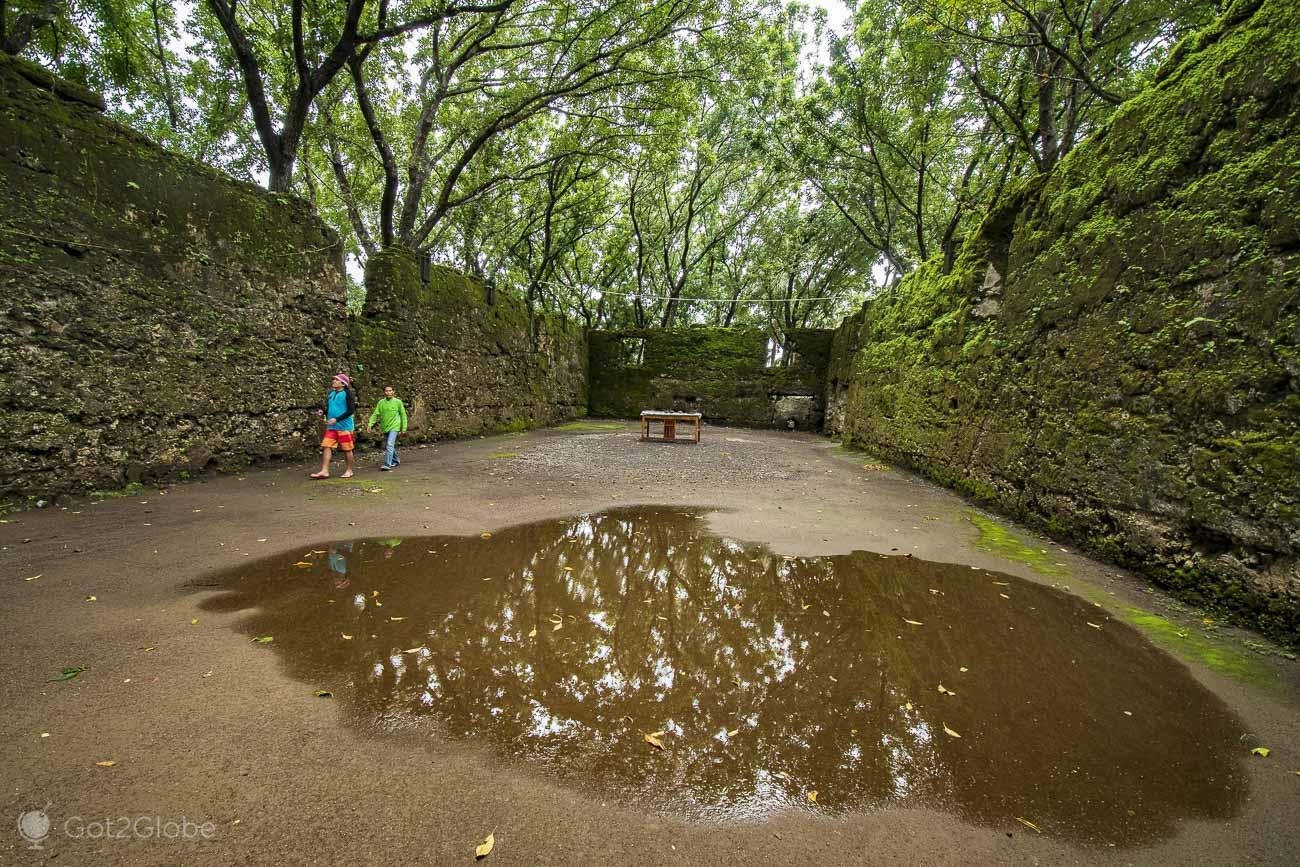
A large puddle in what was once the nave of the colonial (Hispanic) church of Bonbon.
None of this prevented him from hosting a monthly mass in which the island's believers participated with redoubled enthusiasm.
At four in the afternoon, the wind died down and the clouds gave way to a blue sky. The frustration of White Island never left our minds, but being Domingo, the bangka activity was still blocked by the captaincy's morning ban.
Used to pushing for solutions, we reawakened Michael and Ken to the importance of the mission. Ken sensed the urgency of Michael's complementary appeal.
After three or four dragged phone calls in Tagalog, he informed us that, very exceptionally, we had been provided with a bangka with one of the best helmsmen in Camiguin.
A Forced Incursion into Camiguin's Famous White Island
Jamie flew the jeepney to the harbor. We ignored as much as possible past experiences of how inadequate bangkas were for surfing with waves and gave ourselves to the journey. The helmsman reassured us all. "Do not worry.
It's busy but it's nothing special.” Ten minutes of marine roller coaster later, we anchored on the sheltered side. We ran wild to its northern end.
When we turn back, panting, we are treated to the sublime view of the huge, curved, deserted tongue of sand.

White island sand meanders off Camiguin.
Forward, Camiguin appeared projected from the ocean. It towered over the sea, imposing, luxuriant and, now with all the colors of the houses at the foot, of its coconut trees and the vegetation spread up the slope, to the supreme craters.
Since Ken's permission, the sun had hurriedly dropped to the horizon.
The boatman, for his part, had instructions to send us back to the island at half past five. We delayed the hour as long as we could. When the sun fell behind low clouds, we surrendered to the evidence and got into the bangka.
We won another ten minutes of somewhat frightening ups and downs and landed on a beach next to the port.
Safe and even dry, we completed the night journey to the top of the island, already under the artificial light of the jeepney.
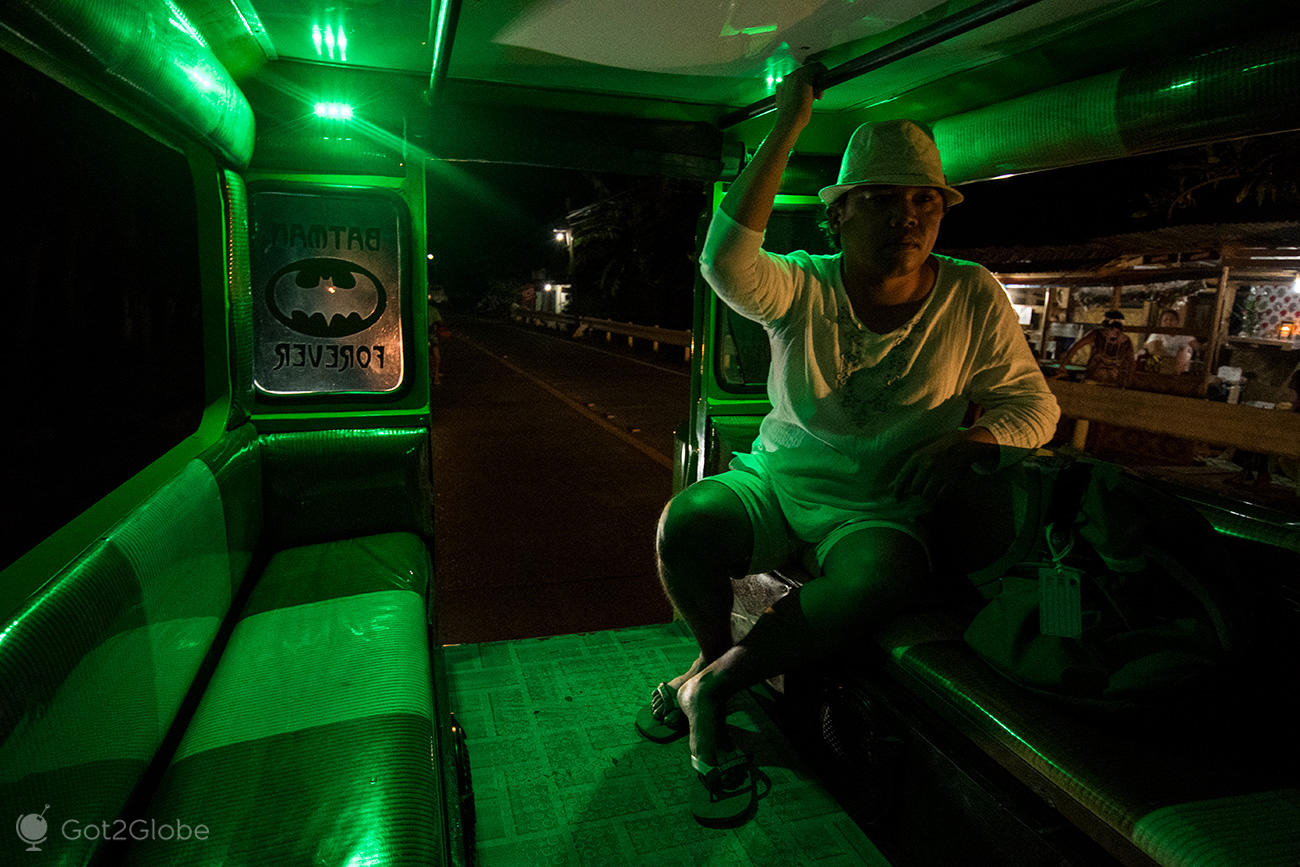
Local guide Ken, aboard a jeepney passenger box.
Returned to the warmth of Bahay Bakasasyunan, we indulged in a celebration of rest that made our dinner longer.
The next morning we returned to Cebu and Mactan where Fernão Magalhães left his life.





